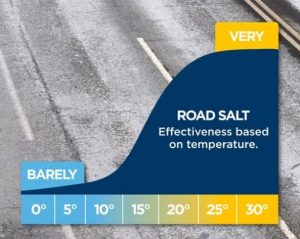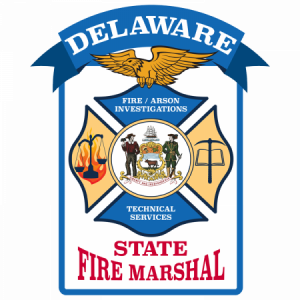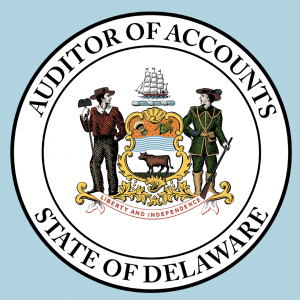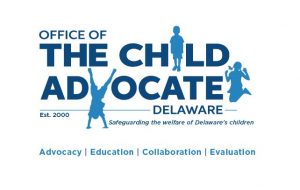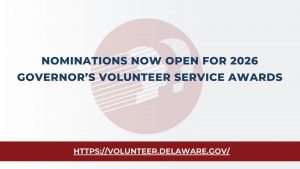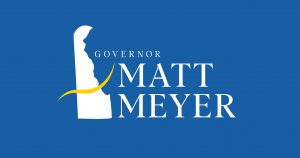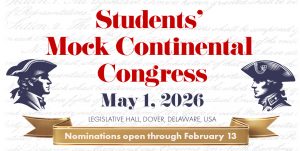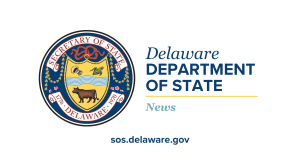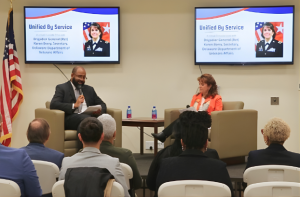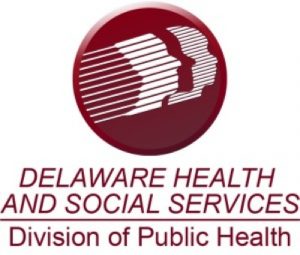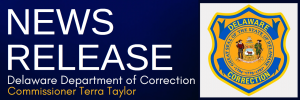The U.S. Department of Education today released Delaware’s Year 3 Race to the Top (RTTT) Report, highlighting statewide initiatives, such as Professional Learning Communities (PLCs), as a major reason why Delaware continues to see increased educator collaboration and student achievement gains.
U.S. Secretary of Education Arne Duncan praised the work of educators in Delaware, citing double-digit growth in student reading and math proficiency during the grant period and reviewing the important initiatives that have impacted Delaware students and teachers over the past year. For example, the state’s “Common Ground for the Common Core” initiative, which launched in 2013, has brought together teams of educators from 99 schools working across content areas on school planning and implementation.
“Over the last few years, we have seen Race to the Top states build on the systems and framework that they have been developing to lay the foundation for long-term, sustainable progress,” said U.S. Secretary of Education Arne Duncan. “Delaware has made key steps in implementing its plans, developing great teachers and leaders, and in improving students’ outcomes.”
The Year 3 report focuses on statewide initiatives. Among the work highlighted are two reports released in 2013: the College-Going Diagnostic and the Educator Effectiveness Diagnostic, both done in collaboration with Harvard’s Strategic Data Project. The department is using the results — which measure students’ college readiness, enrollment and retention as well as the impact of educators on student achievement — to better understand student outcomes. The analysis is helping to inform policy initiatives to improve high school graduation, increase enrollment in college and other career pathway programs, and improve college retention rates in partnership with school districts and charter schools.
Delaware Secretary Mark Murphy thanked federal officials for their recognition of the success of many statewide initiatives, while emphasizing that the significant progress being made is because of the locally-developed Race to the Top initiatives happening at the district, school and classroom level.
“Our educators and school leaders have seized the opportunity provided by Race to the Top and have utilized this funding in some powerful ways – from improving curricular materials to increasing parental engagement to strengthening early childhood development,” Murphy said. “Now is a good time to celebrate the impact of their work with our students.”
District-led RTTT initiatives over the past three years include:
- Caesar Rodney’s 9th Grade Success Academy
- Brandywine’s Learning Focused Strategies & Singapore Math curricula
- Smyrna’s SAT prep and creation of early childhood programming
- Lake Forest’s “Spartan Sprouts” early childhood program
- Indian River’s Project V.I.L.L.A.G.E and Parent Resource Center
- Seaford’s investment in college and career readiness counselors
- Laurel’s investment in family resource liaison and Professional Learning Communities training
- New Castle County Vo-Tech’s investments in online platforms such as APEX, Teachscape, and iTracker
- Woodbridge’s investment in special education specialist and school social workers
- Colonial’s creation of teacher-leader positions and reconfiguration of William Penn High School
- Capital’s investment in math/reading interventionists and “attendance clerks”
- Red Clay’s investment in “academic deans” for its highest-need schools
“We should be championing these examples of success,” Murphy said.
The U.S. Department of Education has published state-specific reports for each year of the grant. The Year 3 report provides an analysis of Delaware’s progress on statewide initiatives from summer 2012 through September 2013.
Delaware had the top-ranked Race to the Top grant application in 2010, winning $119 million. About half of that money went directly to school districts and charter schools to fund locally-planned and implemented initiatives. The other half supported statewide initiatives, including:
- The strengthening of statewide data systems, which has allowed schools to more closely track student progress
- Prioritizing educator effectiveness through efforts like PLCs, where educators meet in small groups each week to talk about which instructional practices are resulting in the most improvement for our students
- Improving educator preparation programs by increasing requirements for what it takes to be a teacher in Delaware while also providing more support to prospective teachers
- Turning-around the lowest-performing schools, and
- Shifting to new standards and assessments to help ensure all students are on-track to graduate college and career ready.
The state also allocated a large portion of the state-held RTTT funding (about $15 million) and additional state funding directly to districts and charters through middle school prep grants, family engagement and educator mentoring/induction competitive sub-grants, data coaches, development coaches, school leadership coaches, and sub-grants to the 10 Partnership Zone Schools across the state.
This past month the department recognized two important milestones in Delaware’s progress that would not be possible without the hard work of district leaders and their teachers. Advanced Placement participation and scores are on the rise and the drop-out rate has reached a 30-year low.
“We should all be proud of the progress we’ve made together on behalf of our students since 2010,” said Governor Jack Markell. “Better data to help teachers track student progress, implementation of PLCs, and higher quality educator preparation exemplify how the department and our schools have worked to build a stronger foundation for our education system. Most of all, our educators and district leaders deserve credit for improvements we have seen. They’ve taken ambitious plans and turned them into reality.”


